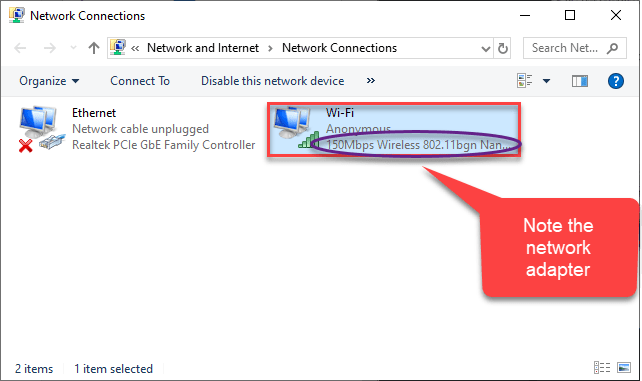
#Transmit error code 1231 windows#
But one or the other will be needed in windows PE if servers other than the ghost server are to be accessed. Have you routed the correct prefix Your initial post and the latest one has a different ipv6 prefix.

#Transmit error code 1231 update#
Or set all your mapped drives to map to the IP of the server and then the need to update the lmhost with correct name to IP info won't be needed. I can ping the nrf52 from the PI using the 2001:db8::
Scroll down in the lmhosts file and add an IP and then windows computer name of the share you are trying to map to by name simular to the following To update the lmhost to include additional server names open the boot disk creator and locate your boot package that you would like to edit. You will need to either put additional entries in from with in the boot disk creator or map your drives to the IP so that you don't need DNS and or name resolution to be functional. When you build your boot environment there is a host entry that is put in the automation/windows pe environment that is used since widnows PE doesn't do name resolution the way production windows does. Are you saying that when booted to automation and in windows PE you can't ping the server? You can execute netsh int ipv6 show int to output a similar list for your current NIC to compare with these settings.When you say you can't ping the server from the ghost command prompt. So first try Tore85 his tips on your DHCPv6 server and if that does not work, you may want to try the two commands here on your client.įor completeness, the following shows all of the parameters on my IPv6 enabled internal NIC on which it works successfully now.

The Idx column will list the network cards index number.ĭo note that these two settings are the default settings, but because I had been playing with these in order to get the DHCPv6 to work, I had to configure them back to these settings. You can find the of your network card by executing: netsh int ipv6 set int routerdiscovery=enabled - netsh int ipv6 set int managedaddress=enabled The fc00::/16 block is reserved for internal networks, so perfect for a LAN.įor my client to correctly pick up these advertisements by the DHCPv6 server, I had to apply the following commands on my client: In case you want to only use the last 4 positions of an IPv6 address for your local network (should be enough as it provides you with 65,536 addresses) you can use a CIDR of 112 thus making the add route fc00::192:168:0:0/112. If you want to apply a more precise routing rule instead of a 64 CIDR block, you can use the CIDR calculation tool at. The suggestion provided by Tore85 works like a charm. : YesThanks very much!Best regards,Florian : Microsoft ISATAP Adapter Physical Address. : Media disconnected Connection-specific DNS Suffix. : Enabled Connection-specific DNS Suffix Search List : azure-corp.local : Thursday, Novem6:37:27 PM Link-local IPv6 Address.

: Saturday, Novem6:37:28 PM Lease Expires. : Microsoft Virtual Machine Bus Network Adapter Physical Address. : azure-corp.localĬonnection-specific DNS Suffix. My DHCPv6 Server was configured with a static IPv6 address of course.But when restarting the machine it gets two addtional IPv6 addresses.One of the two addtional ones has a lease in the DHCP addresses (so it seems to be assigned by the DHCPv6 it self).The second additonal one - no idea?!But the one is used for name resolution.When I ping the DHCP from a DHCP client it will not resolve the static IP it resolves one of the two IPv6 addresses which have been generated automatically.Can somebody explain this behavior?For better understanding the IPv6 configuration of the DHCPv6 server itself (stateful mode):Windows IP Configuration what is "man=en and other=en" ? - I didnt need this I think.2. Hi,very nice, it works for me like this as well.Thanks Tore85!Just two questions left:1.


 0 kommentar(er)
0 kommentar(er)
